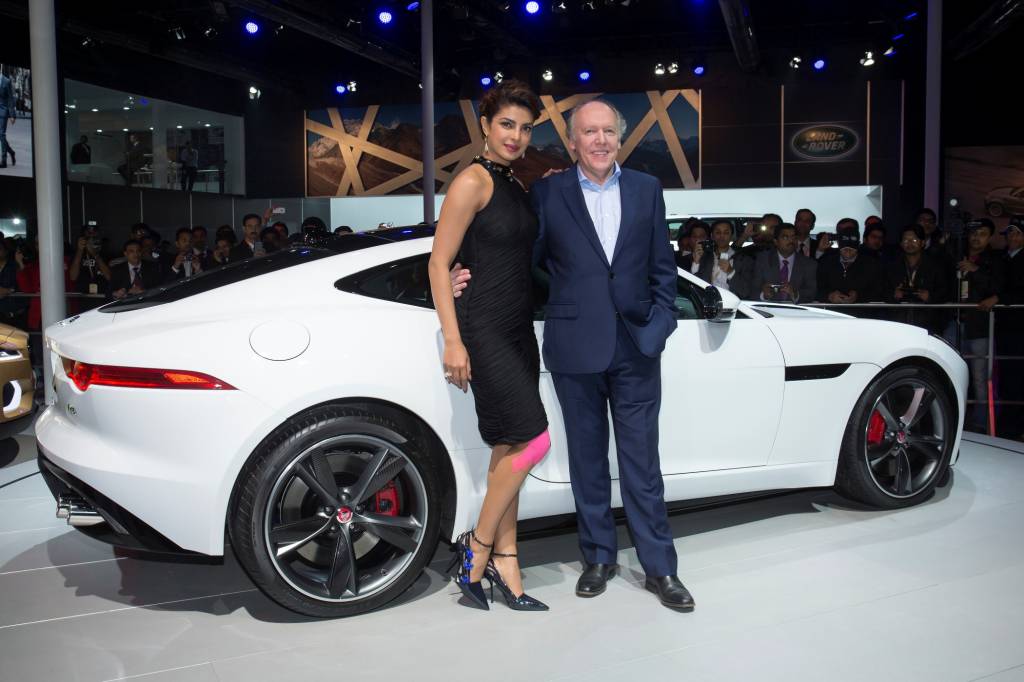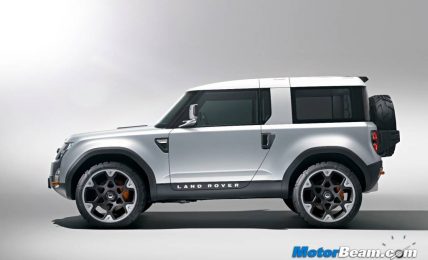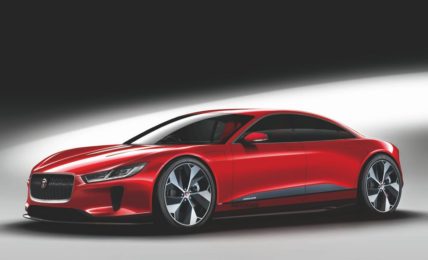Ian Callum needs no introduction. The Aston Martin DB9 and the Jaguar F-Type are design masterpieces by this man and these are just few of his many award wining designs. In fact, the Jaguar F-Type is touted to be the best designed car in the world by many auto experts. Currently Director of Design at Jaguar, we caught up with the man himself for a candid conversation on cars, design and everything in between. Here are some pointers from the conversation.
On his decision to become a car designer – Ian Callum was interested in design at a very young age. He submitted a design to Jaguar when he was only 14 years old. Back in the 1960’s, ‘car designer’ was not a well known profession and people actually made fun of him when he expressed his will to be a designer. However, today he is one of the best in the industry.
On his brother Moray Callum, designer with Ford – Moray followed his brother’s footsteps and joined design school. Do they discuss design at home? Ian says they don’t, there are too many other things to talk about, besides it’s a topic which can stir controversy.
On the Jaguar F-Type – The F-Type is Ian’s baby and it took a little more than three years to design and what a masterpiece it is. Ian definitely has a soft spot for this sports car and loves driving it on weekends and road trips. The F-Type bagged the 2013 ‘World Car Design Of The Year’ award.
On challenges faced while designing the F-Type – The F-Type is an extremely aerodynamically efficient car and there are many teams working on the car at the same time. The challenge was to go forward in unison and meet the requirements of the entire team. The design was fine tuned to fit in the components and the end result was a smashing vehicle.
On his design philosophy – The F-Type was going to be the spiritual successor of the Jaguar E-Type, which was a masterpiece itself, so the pressure was high while designing the F-Type. Ian follows basic principles which are seen in all of his designs. Clean lines, purity of form and exciting proportions. Attribution to the family design is important and the XF and the XJ follow the same principles and are unmistakably Jaguar.
On C-X17 Concept – It was a challenge to design this crossover. As a crossover, it was expected to be practical, yet be stylish and sporty. The design also showcases next generation lightweight technologies in the form of Jaguar’s all new advanced aluminium monocoque architecture which will be seen in all Jaguars from 2015. Ian says ‘Assertive and powerful, yet with a beautiful sensuality about it, the C-X17 is boldly, distinctively Jaguar.’ We say, it’s a beauty.
On the F-Type Coupe – The Coupe was conceptualised at the time of designing the F-Type convertible. The purity of the C-X16 design was retained without any compromise. The challenge was to get a car aesthetically and dynamically right, which should be fun behind the wheel. Ian says the F-Type Coupe finds the perfect balance between these virtues.
On Project 7 – Project 7 is a single-seater sports car based on the F-Type. It’s a one off study design inspired from the Jaguar D-Type. With its classic D-Type fairing, it is the kind of racing-inspired form that designers dream about. The most prominent element of design is the fairing behind the driver’s head. Project 7 went from being an experimental sketch by Jaguar designer Cesar Pieri to the track in just four months. Ian says they push the boundaries at every step and the Project 7 captures that spirit in its purest form.
On the future of Jaguar design – The focus is to attribute the design to the family so that each individual model looks like a Jaguar and no other. The upcoming baby Jaguar (which will compete with the Mercedes-Benz C-Class and the BMW 3-Series) has already been designed and follows the the same principles. The current focus is to establish a family design.






